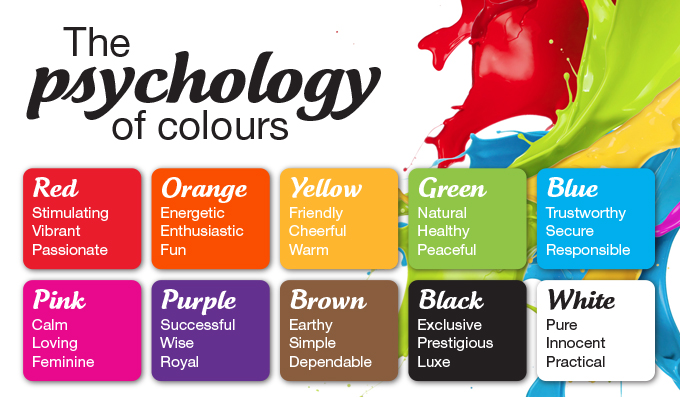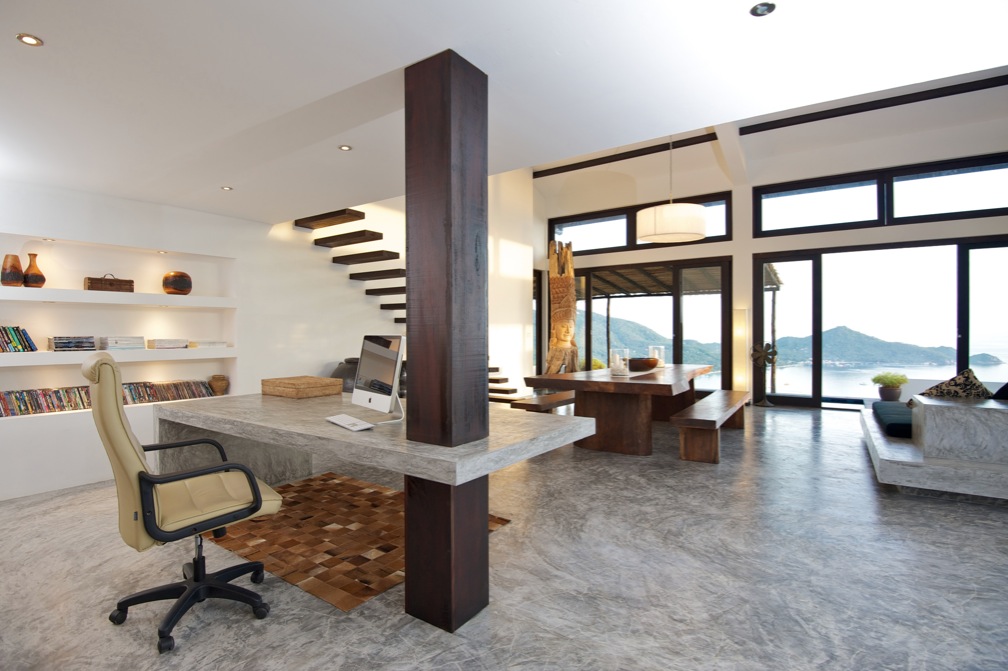Why Should You Pay Attention to Colour Psychology?
Did you know that colours have psychological value? We did touch on it in our last blog post, but we want to give you some deeper insight today. You see, room colour can affect our energy levels, our ability to concentrate as well influence us to feel a particular way. That’s why it’s so important to think about how you want your family to feel at home and the interior colours to achieve that.
Colour tends to have three effects:
· Active: These colours are bright and stimulating. They are what we perceive as warm, strong, vibrant and bring energy to a room. For large spaces, active colours invite intimacy.
· Passive: These are muted or cool colours which relax and soothe. They are gentle, but help to focus the mind. We perceive these as nurturing and safe colours. They help spaces look larger because they tend to recede visually.
· Neutral: These are colours which create cohesion, being neither active nor passive, but something between. They mimic hues found in nature and include browns, greys, blacks and whites. Think about how we commonly paint ceilings white. The purpose is to bring the room together.
Now, let’s take a look at some particular colours:
Yellow (active)
Yellow is optimistic, friendly and welcoming. However, too much yellow can yield frustration and be stimulating to nerves. It’s a great colour for smaller spaces, such as a bathroom or entry.
Red (active)
Red is intense and stimulating for both the appetite and conversation. It boosts a room’s energy by raising the heart rate. It is therefore great for dining rooms. Because red is a passionate colour, it can also be beautiful in bedrooms, if seen by low light.
Orange (active)
This is a colour which invites enthusiasm and energy. It’s a great choice for highlighting design elements. It’s not usually used for rooms which require mental focus or relaxation because it can be taxing on the senses. However, it is perfect for rooms which need energy, such as a home gym.
Green (passive)
Green brings the essence of nature indoors. It is considered the most restful colour for our eyes. Green is calm and tranquil but also has an association with prosperity. Green can be used in any room because it is cooling, yet still promotes togetherness.
Blue (passive)
Blue is the most widely-loved colour, perceived as non-threatening. It is serene, able to slow the heart-rate and respiration. Warmer blues are ideal for inviting relaxation. Light or pastel blues can seem chilly, so be sure to use fabrics in warmer shades to balance the room.
Purple (passive)
Purple can be tricky to implement in a colour scheme because some shades evoke luxury, while others tend towards whimsy. The darkest purple tones are sophisticated and dramatic. Lilacs and lavenders are restful and a great alternative to light blues.
Top tips
Remember that the paint colour you choose needs to be supported by the fixed elements in the room, such as floor and window coverings, and any existing furnishings.
It’s also important to keep in mind that while these views of colour are true for many people, colour does affect people in different ways. It can depend on age, gender, climate and even associations formed about colour through experiences. So ultimately, there are no right or wrong colours to paint your interior. It comes down to how you perceive colour and how it will make your family feel at home.
Need some help choosing paint colours? Send us a message!
1800 WE PAINT or INFO@BCRPAINTING.COM.AU










